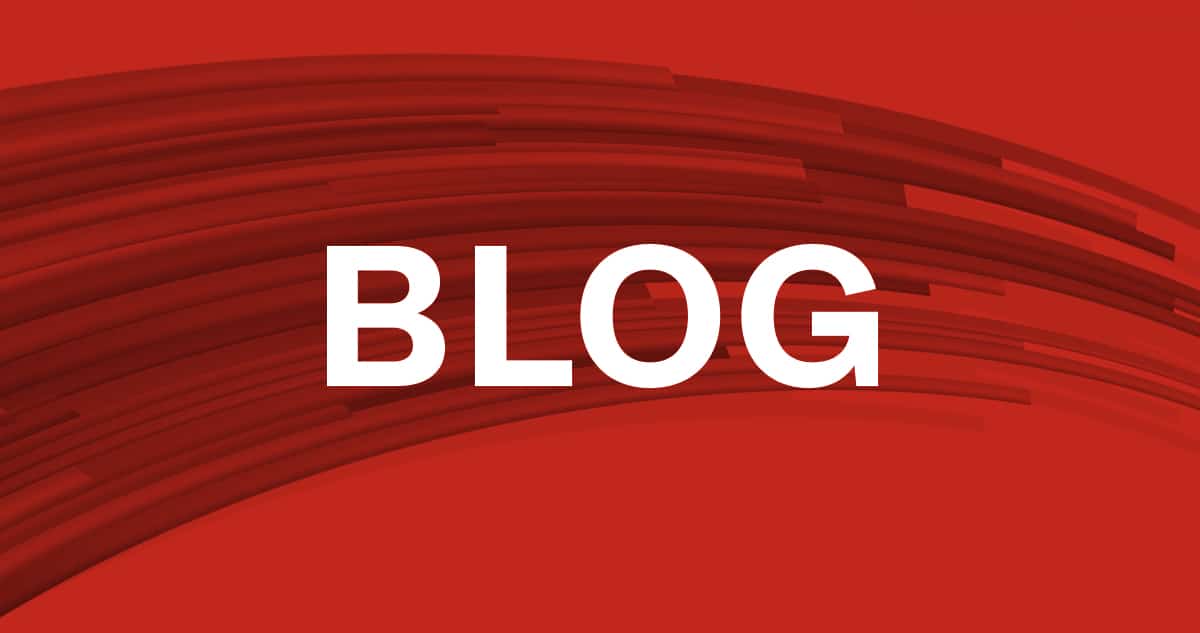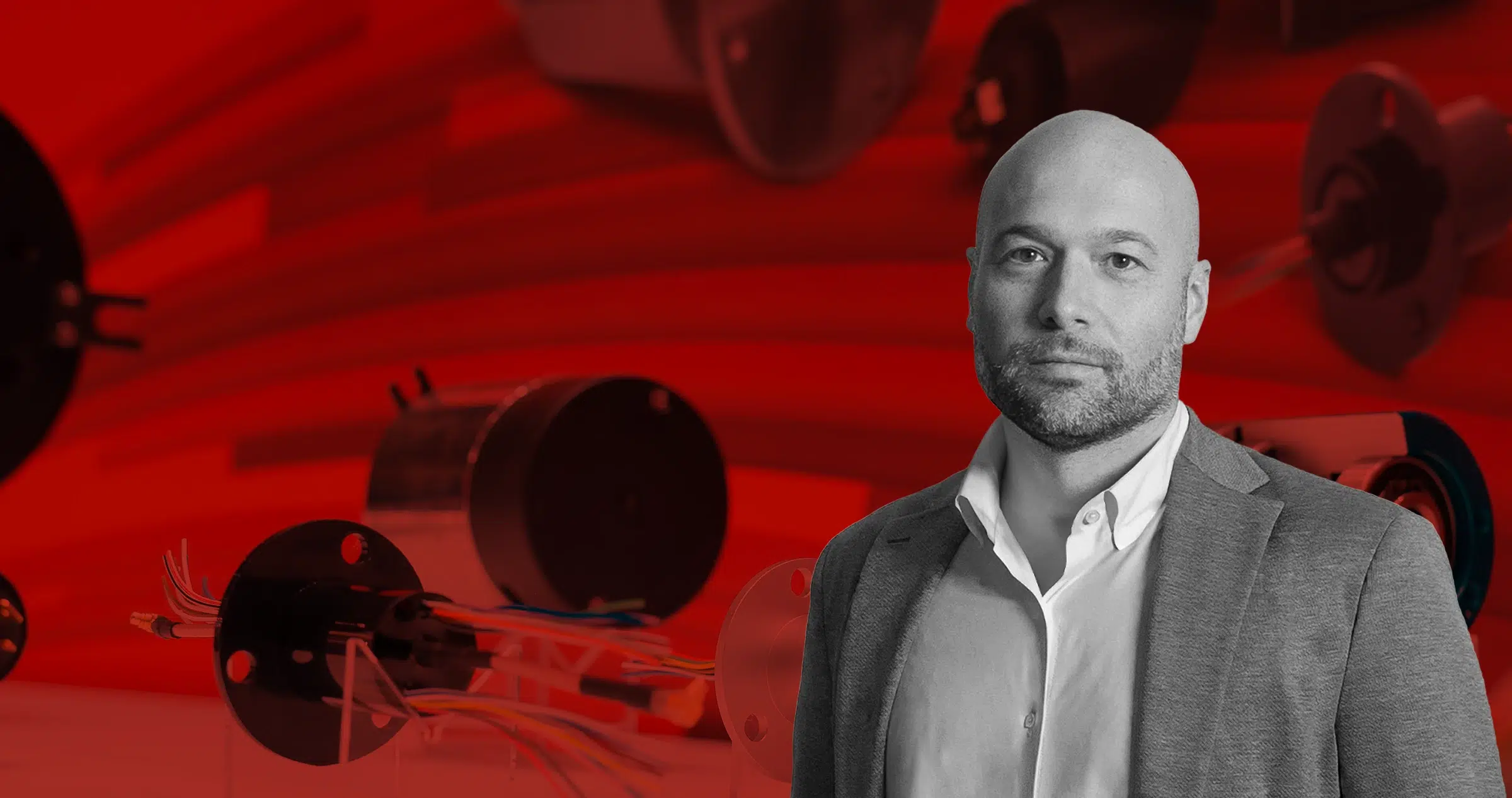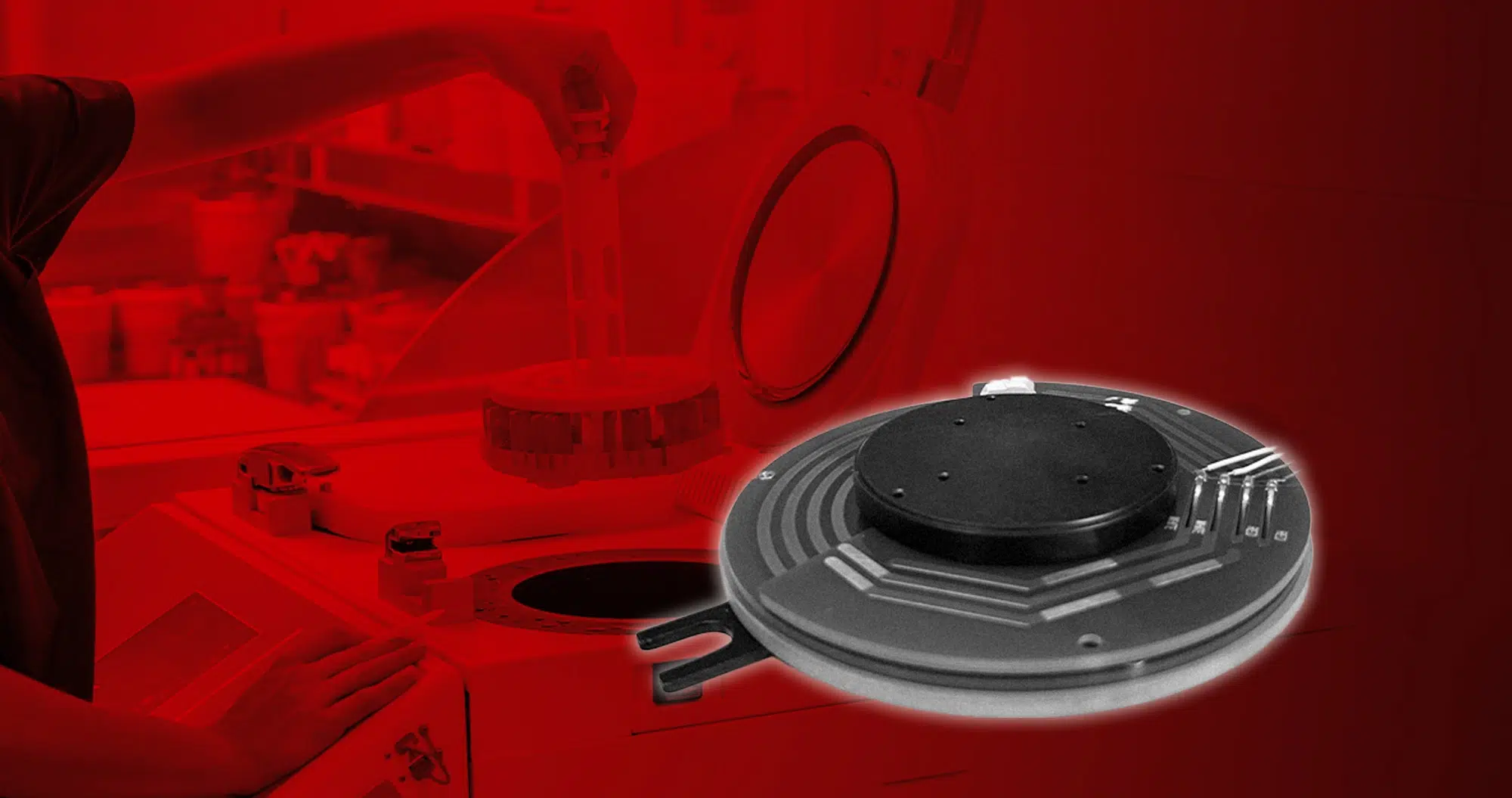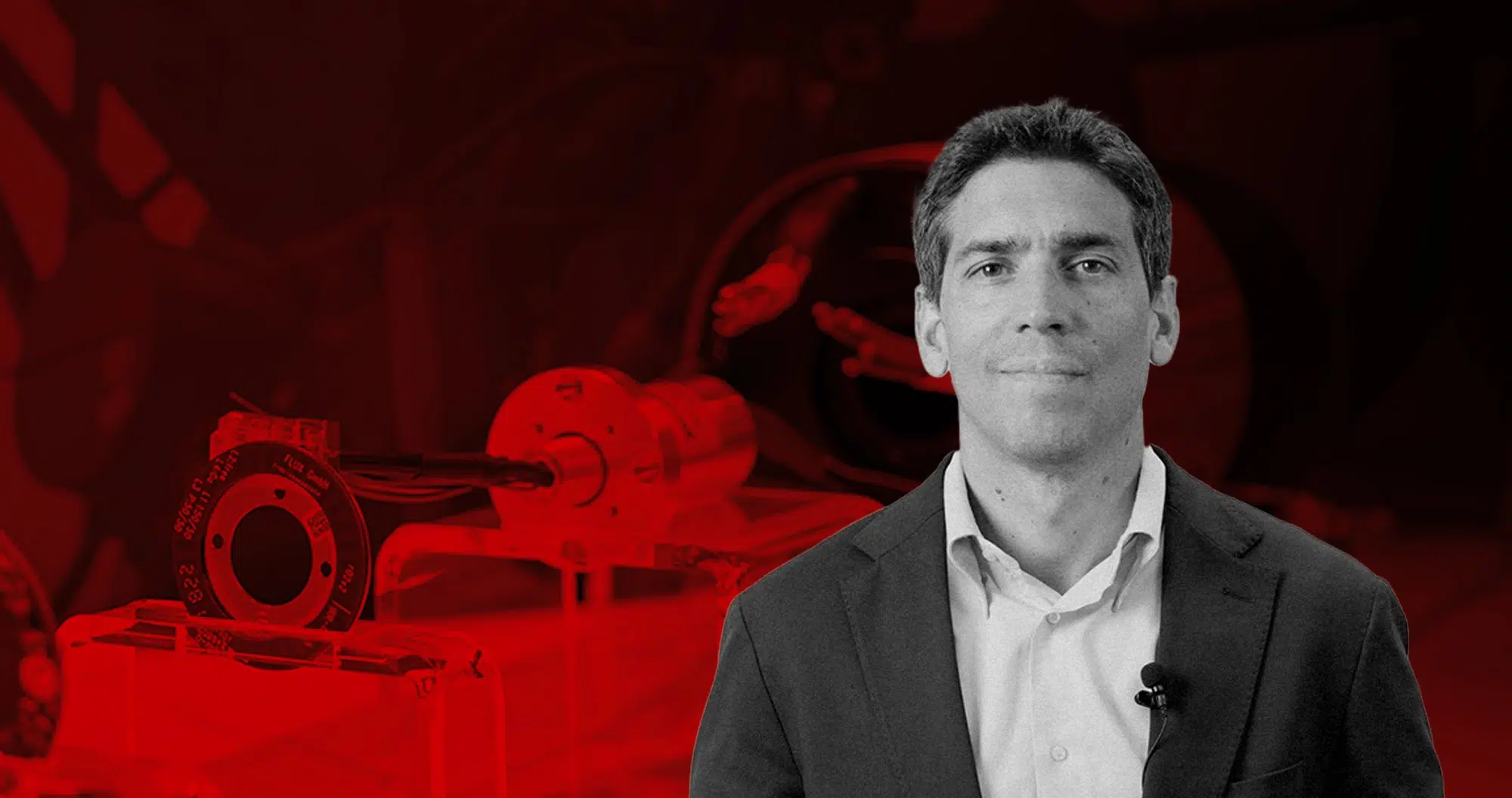Laser cutters concentrate a high amount of energy into a small, well-defined spot. This generates intense heat, which vaporizes the material in the focus area. In […]

Laser cutters concentrate a high amount of energy into a small, well-defined spot. This generates intense heat, which vaporizes the material in the focus area. In a similar manner, waterjet cutters focus a stream of high-pressure water, sometimes mixed with abrasive particles, onto a small area to make cuts in various materials.
The maximum cutting speed for laser cutting machines is typically 0.85 m/s (for 2–4 kW fiber lasers), but the acceleration rate can reach up to 10 m/s2. Machine builders have traditionally used rack and pinion systems, driven by servo motors, to control the cutting apparatus. But hardened steel racks are often required in order to withstand the forces resulting from this high acceleration rate. This can add significant cost to the machine.
To avoid this extra cost, machine builders are replacing rack and pinion systems with linear motors. While the cutting speed is determined by the cutting source, the time it takes to reach this speed – the acceleration rate – and the movement time between different parts have a significant effect on machine throughput. With the ability to reach accelerations up to 20 m/s², linear motors provide a significant benefit in this regard, particularly for operations requiring a large number of small cuts.


